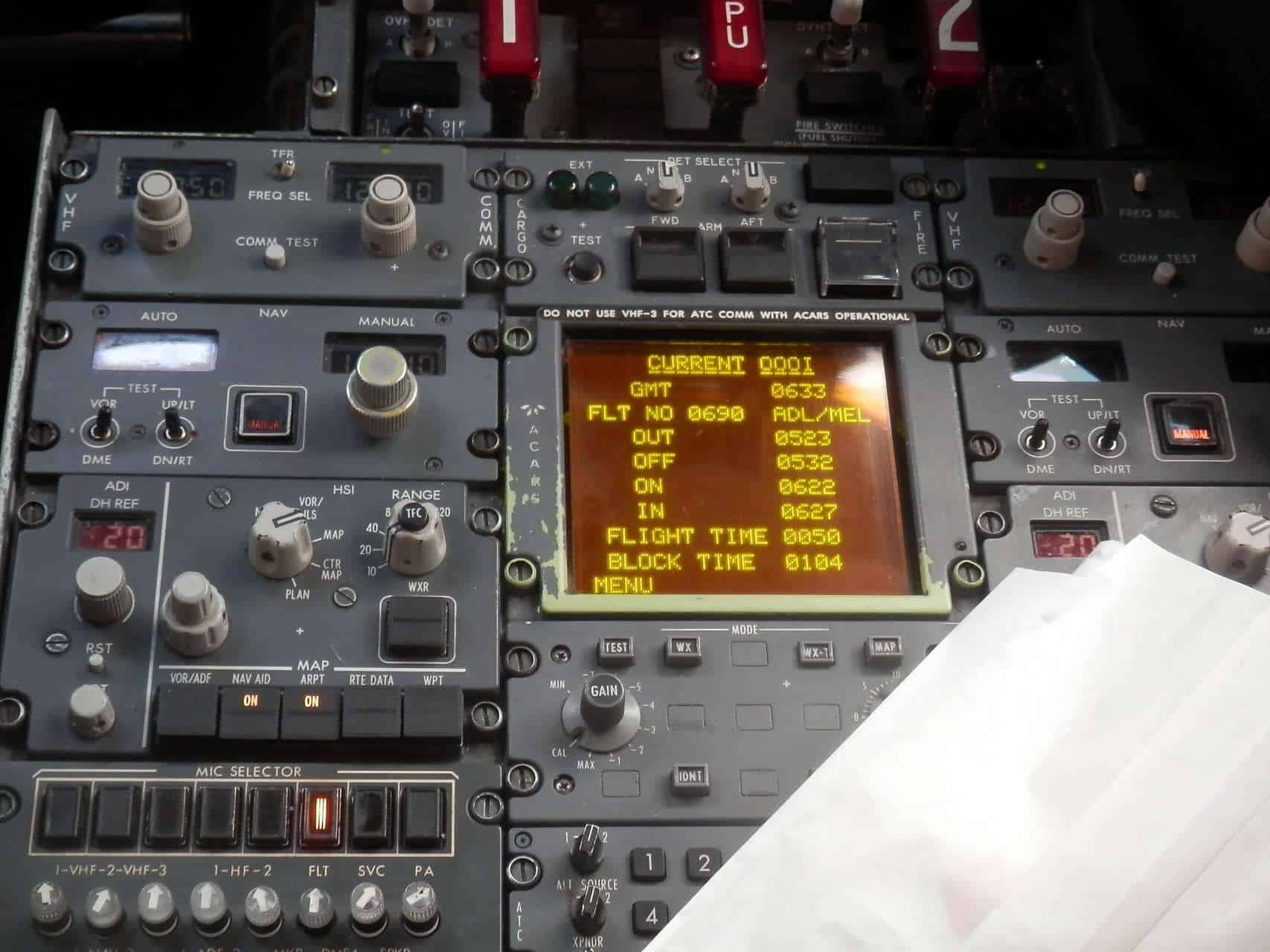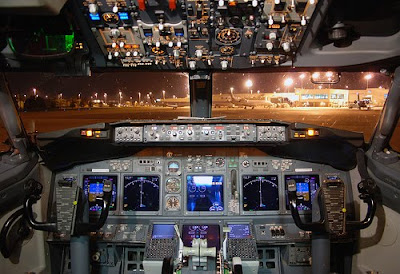

This fuselage permitted six-abreast seating compared to the rival BAC-111 and DC-9's five-abreast layout. To expedite development, Boeing used 60% of the structure and systems of the existing 727, the most notable being the fuselage cross-section. Boeing was far behind its competitors when the 737 was launched, as rival aircraft BAC-111, Douglas DC-9, and Fokker F28 were already into flight certification. The longer version was designated 737-200, with the original short-body aircraft becoming the 737-100.ĭetailed design work continued on both variants at the same time. So Boeing stretched the fuselage 91 centimeters (36 in) ahead of, and 102 cm (40 in) behind the wing. United wanted a slightly larger airplane than the original 737. On April 5, 1965, Boeing announced an order by United Airlines for 40 737s. Consultation with Lufthansa over the previous winter resulted in an increase in capacity to 100 seats. Lufthansa became the launch customer on February 19, 1965, with an order for 21 aircraft, worth $67 million in 1965, after the airline received assurances from Boeing that the 737 project would not be canceled. Preliminary design work began on May 11, 1964, and Boeing's intense market research yielded plans for a 50-passenger to 60-passenger airliner for routes 50 to 1,000 mi (80 to 1,609 km) long. Developed into: Boeing 737 Classic Boeing 737 Next Generation Boeing 737 MAXīoeing had been studying short-haul jet aircraft designs and wanted to produce another aircraft to supplement the 727 on short and thin routes.Primary users: Southwest Airlines Ryanair United Airlines American Airlines.Introduction: February 10, 1968, with Lufthansa.Manufacturer: Boeing Commercial Airplanes.Role: Narrow-body jet airliner and Business jet.As of 2006, there were an average of 1,250 Boeing 737s airborne at any given time, with two departing or landing somewhere every five seconds.

Many 737s serve markets previously filled by 707, 727, 757, DC-9, and MD-80/MD-90 airliners, and the aircraft currently competes primarily with the Airbus A320 family. 737 assembly is centered at the Boeing Renton Factory in Renton, Washington. The 737 has been continuously manufactured by Boeing since 1967 with 8,966 aircraft delivered and 4,380 orders yet to be fulfilled as of March 2016.
737 200 cockpit series#
The 737 series is the best-selling jet commercial airliner. Boeing Business Jet versions of the 737 Next Generation are also produced. In the 1990s, Boeing introduced the 737 Next Generation, with multiple changes including a redesigned, increased span laminar flow wing, upgraded "glass" cockpit, and new interior. The 737 Classics added capacity and incorporated CFM56 turbofan engines along with wing improvements. In the 1980s Boeing launched the 737-300, 737-400, and 737-500 models, subsequently referred to as the Boeing 737 Classic series. Next, the lengthened 737-200 entered service in April 1968. Originally envisioned in 1964, the initial 737-100 made its first flight in April 1967 and entered airline service in February 1968 at Lufthansa.

Production has also begun on the re-engined and redesigned 737 MAX, which is set to enter service in 2017. The 737 is Boeing's only narrow-body airliner in production, with the 737 Next Generation (737-700, 737-800, and 737-900ER) variants currently being built. Originally developed as a shorter, lower-cost Twin-engine airliner derived from Boeing's 707 and 727, the 737 has developed into a family of ten passenger models with a capacity of 85 to 215 passengers. The Boeing 737 is a short-range to medium-range twinjet narrow-body airliner.


 0 kommentar(er)
0 kommentar(er)
